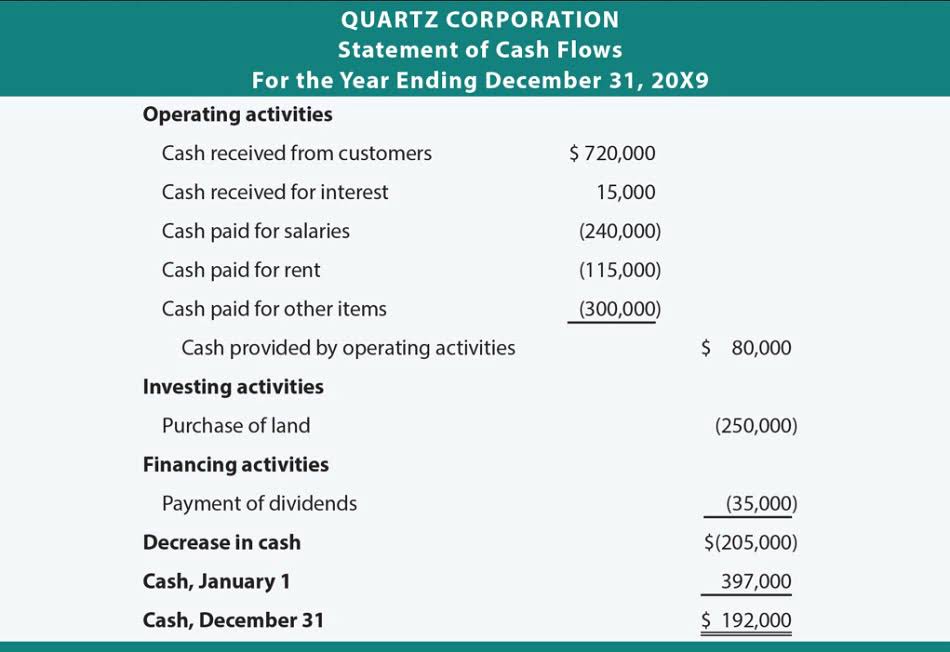
The choice between the two often lies in finding the right balance that aligns with your business’s needs. A salary is a fixed amount that is paid to an employee at regular intervals, irrespective of the hours or amount of work performed. The amount of a salary is usually stated as the full annual amount to be paid, such as $80,000 per year. Salaries are usually paid at bi-weekly, semi-monthly, or monthly intervals.
- The minimum wage sets the baseline for fair compensation, ensuring workers are paid fairly for their work and are protected from exploitative labor practices.
- A wage is a payment made to employees based on the number of hours worked or the amount of work done.
- Their calculations, types, components and benefits make them significantly different.
- Having explored the distinctions between salary and wage, it’s crucial to manage time effectively within your chosen compensation structure.
- Let us summarize the topic of salary v wages – key differences with the following bullet points.
- A salaried class generally has a notice period to serve, which will allow the employer to find the replacement with the same skill set.
Pros of paying an employee a salary
For businesses with a global presence, PHP Payroll supports multiple currencies and languages. This makes it an ideal solution for companies managing payroll in various countries, ensuring that payroll is calculated accurately in different regions while respecting local tax laws. PHP Payroll uses advanced encryption methods and backup protocols to ensure that employee and financial data remains secure. Regular backups protect businesses from data loss and ensure the payroll system is always up and running. PHP Payroll integrates effortlessly with other business systems, such as accounting software, HR management tools, and time-tracking platforms. This integration creates a unified system, streamlining payroll processing and ensuring that data flows smoothly between different departments, reducing the risk of errors.

What are the disadvantages of being on a salary for employees?
- The deductions for employee retirement contribution plans should be considered savings for the long term.
- You can hire a mix of employees with some paid hourly and some paid salary.
- This hourly wage is multiplied by the number of hours worked within the pay period to achieve the total wage.
- For example, during any slow week, if an employee works only four to five hours a day, they’ll still be paid the same amount of salary without any deduction in their monthly paycheck.
- The employment contract will include certain terms such as accounting for extra work hours and compensation package.
Most hourly workers are classified as “nonexempt” under the Fair Labor Standards Act (FLSA), which also sets the federal minimum wage and other worker protections. The FLSA requires nonexempt employees be paid at least 1.5 times their hourly pay for any time worked beyond 40 hours in a week (colloquially called “time-and-a-half”). It doesn’t mandate overtime pay for holidays or other off-shifts as long as those are included in the 40-hour work week, but many employers offer additional salaries and wages pay for these shifts. In conclusion, understanding the key aspects of offer letters, appointment letters, salary vs. wages, and various employment-related concepts is crucial for both employees and employers. Offer letters and appointment letters serve as the foundation of an employee’s relationship with a company, outlining terms, expectations, and the roles they will undertake.

Business Studies
Most hourly wage workers come in the category of non-exempt employees, and they’re eligible for overtime pay for work done beyond 40 hours. When it comes to benefits, salaried employees often have an advantage over hourly workers. Salaried employees are more likely to receive benefits such as health insurance, paid time off, and retirement plans. These benefits are typically not as common for hourly workers, who may only receive basic benefits such as sick leave and vacation time.
- Learn more about the average salary in California and the average salary in Mexico to see how location can impact compensation practices.
- Unlike wage workers, whose pay may fluctuate depending on the number of hours worked, salary workers get consistent and fixed salaries as per their pay period.
- Wage earners are typically compensated for the time they put into work and receive payment on a weekly, biweekly, or monthly basis.
- That is, they are eligible to receive overtime pay for working over a stated full-time number of hours, such as 40 hours per week or statutory holidays.
- Salaried positions often offer additional benefits like paid leave and bonuses, which are usually not available to wage employees.
- Hourly workers are typically eligible for overtime pay when they work more than a certain number of hours in a week, usually 40 hours.
Key Takeaways

Two of the most common types of compensation are salaries and hourly pay. A salary is a specific amount of compensation regardless of the number of hours worked. ‘Compensation’ has a similar meaning to salary when talking about the monthly incomes of employees. However, compensation includes salaries/wages plus other allowances and possible perks such as subsidized meals, commuting costs, housing, company car, discounts, etc. It is generally harder for salaried personnel to separate home from work life than for workers on wages. Hourly employees typically find it easier to switch off completely from work mode as soon as their working day or shift ends.

Many companies pay this to their employees to fulfil their revenue targets. Employers determine the fair wage of an employee https://kokague.fr/2023/07/28/tax-write-offs-for-llcs-maximize-deductions-truic/ based on their working capacity and workload. This makes it evident that the minimum limit for a fair wage is a company’s ability to pay minimum wage.

Types of Income:
Everhour, as a powerful time tracker, seamlessly bridges the gap between pay structures by ensuring accurate time monitoring. Whether you’re on a salaried unearned revenue or hourly arrangement, Everhour empowers you to effortlessly track hours, enhancing precision in payroll processes. Dive into the world of effective time management with Everhour, where your chosen pay structure harmonizes seamlessly with streamlined time tracking.
